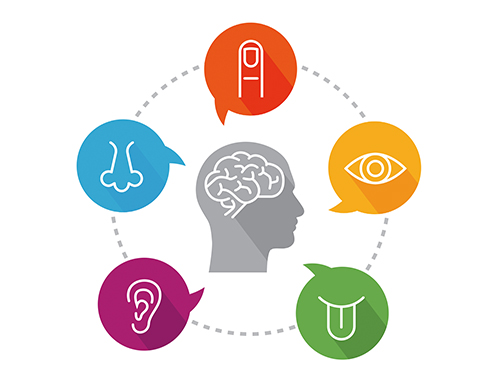
03 May 2021 – Osman Bedel –
Harnessing the Power of Multisensory Learning: Engaging Minds Through Multiple Senses
In a world filled with diverse learners, educators seek innovative ways to engage students and facilitate effective learning experiences. Multisensory learning is an approach that taps into the power of multiple senses to enhance learning and retention. By incorporating visual, auditory, and kinesthetic elements, teachers can create rich and dynamic educational experiences that cater to different learning styles. In this blog post, we will explore the concept of multisensory learning, its benefits, and how it can be implemented in the classroom to foster deep understanding and long-term retention.
Understanding Multisensory Learning
Multisensory learning involves engaging multiple senses—such as sight, hearing, and touch—to promote learning and understanding. It recognizes that individuals have diverse learning preferences and that incorporating various sensory modalities can enhance information processing and memory retention. By appealing to multiple senses, multisensory learning creates a rich and immersive learning environment that addresses the needs of a wide range of learners.
Key Elements of Multisensory Learning
- Visual Elements
Visuals play a crucial role in multisensory learning. Teachers can use charts, diagrams, infographics, and illustrations to represent information visually. Visual cues enhance understanding, aid in organizing ideas, and make complex concepts more accessible. Visuals can also include gestures, facial expressions, and body language that support communication and comprehension.
- Auditory Cues
Auditory elements, such as verbal instructions, discussions, and lectures, contribute to multisensory learning. Hearing information spoken aloud helps students process and reinforce concepts. Teachers can use audio recordings, storytelling, and podcasts to engage students’ auditory senses and promote active listening. Additionally, incorporating music, sound effects, or mnemonic devices can assist in memory recall.
- Kinesthetic Activities
Kinesthetic or tactile activities engage the sense of touch and movement, promoting hands-on learning experiences. This can involve interactive experiments, role-playing, simulations, or physical manipulatives. By involving the body in the learning process, kinesthetic activities facilitate motor memory and create a deeper connection between concepts and real-world applications.
Benefits of Multisensory Learning
- Enhanced Engagement
Multisensory learning captivates students’ attention and actively involves them in the learning process. By appealing to different senses, it creates a stimulating and dynamic learning environment that sparks curiosity and promotes engagement. Students become active participants, fostering a sense of ownership and motivation in their learning journey.
- Improved Understanding and Retention
Engaging multiple senses enhances information processing and strengthens memory retention. By presenting information through different modalities, students can make connections, reinforce learning, and develop a deeper understanding of concepts. The multisensory approach accommodates various learning styles and increases the likelihood of long-term retention.
- Catering to Diverse Learners
Multisensory learning recognizes the diversity of learners and provides opportunities for all students to succeed. By incorporating multiple sensory modalities, teachers can reach students with different learning preferences, strengths, and challenges. The approach fosters inclusivity and ensures that every student has access to effective learning strategies.
- Promoting Active Learning
Multisensory learning encourages active participation and hands-on exploration. It facilitates interactive discussions, collaborative activities, and problem-solving tasks that require students to engage with the material. Active learning promotes critical thinking, inquiry, and the application of knowledge, fostering deeper understanding and skill development.
- Real-world Connections
Multisensory learning helps students make connections between abstract concepts and real-world applications. By incorporating visual representations, auditory explanations, and kinesthetic activities, students can bridge the gap between theory and practice. This cultivates a






